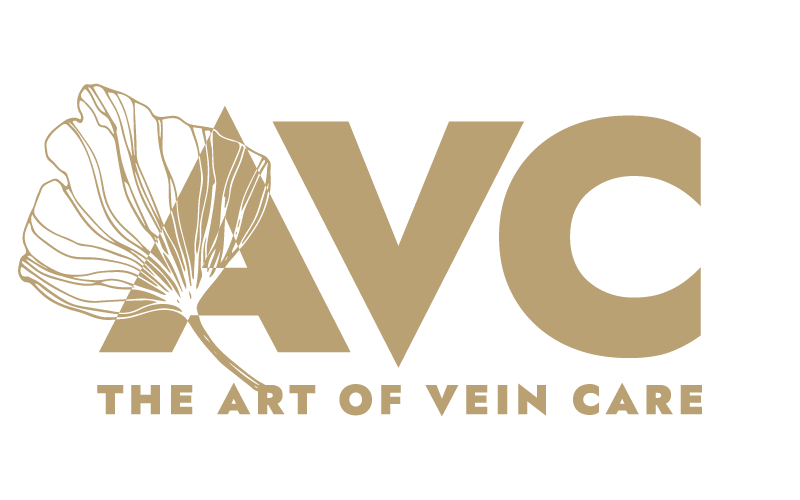Radiofrequency Ablation of Varicose Veins
This technique is used for patients where the varicose veins are being fed by a large, relatively straight superficial vein (such as the great or small saphenous vein). It is a form of “thermal ablation” (similar to endovenous laser). The radiofrequency is used for the “feeding vein”. The varicose veins are closed by injections done at the same time.
The Procedure
The procedure is done using local anaesthetic. The vein is entered using a needle. A wire is then passed into the vein and a tube (called a sheath) is placed in the vein. The very fine radiofrequency catheter is then threaded into the sheath and the tip is positioned near the groin at the point where the vein needs to be closed. This is done using ultrasound. The full length of the vein is made numb with a series of injections along the vein. The heat is delivered using radiofrequency while the vein is held closed. This is confirmed on the ultrasound. Once the top is closed, the full length of the vein is ablated in a series of steps where the catheter is pulled back until the whole of the vein is closed. The varicose veins are then closed by sclerotherapy. This takes approximately 60 minutes.
After the Procedure
- A full-length compression stocking will be fitted
- It can be taken off at night especially if you have any pain
- Wear the stocking for 1 week
- You will rest for 30 minutes immediately after the procedure with the leg up on a couch
- 45 minutes of walking each day for 1 week
- Followup duplex ultrasound test before followup
- Review by Dr Huber in approximately 2 weeks
Expectations and Complications
Expect
- Hard tender lumps where the varicose veins used to be
- Bruising
- A pulling sensation on the inner aspect of the thigh
Complications
(for a more complete list see the booklet “current treatments of varicose veins”)
- Pigmentation
- Phlebitis
- Deep venous thrombosis. This is seen in approximately 1:500.
- An ultrasound is performed at 2 weeks post procedure to check for this complication
- Swelling of the leg or ankle
- Patches of numbness
- Skin burn
Download an information sheet here
